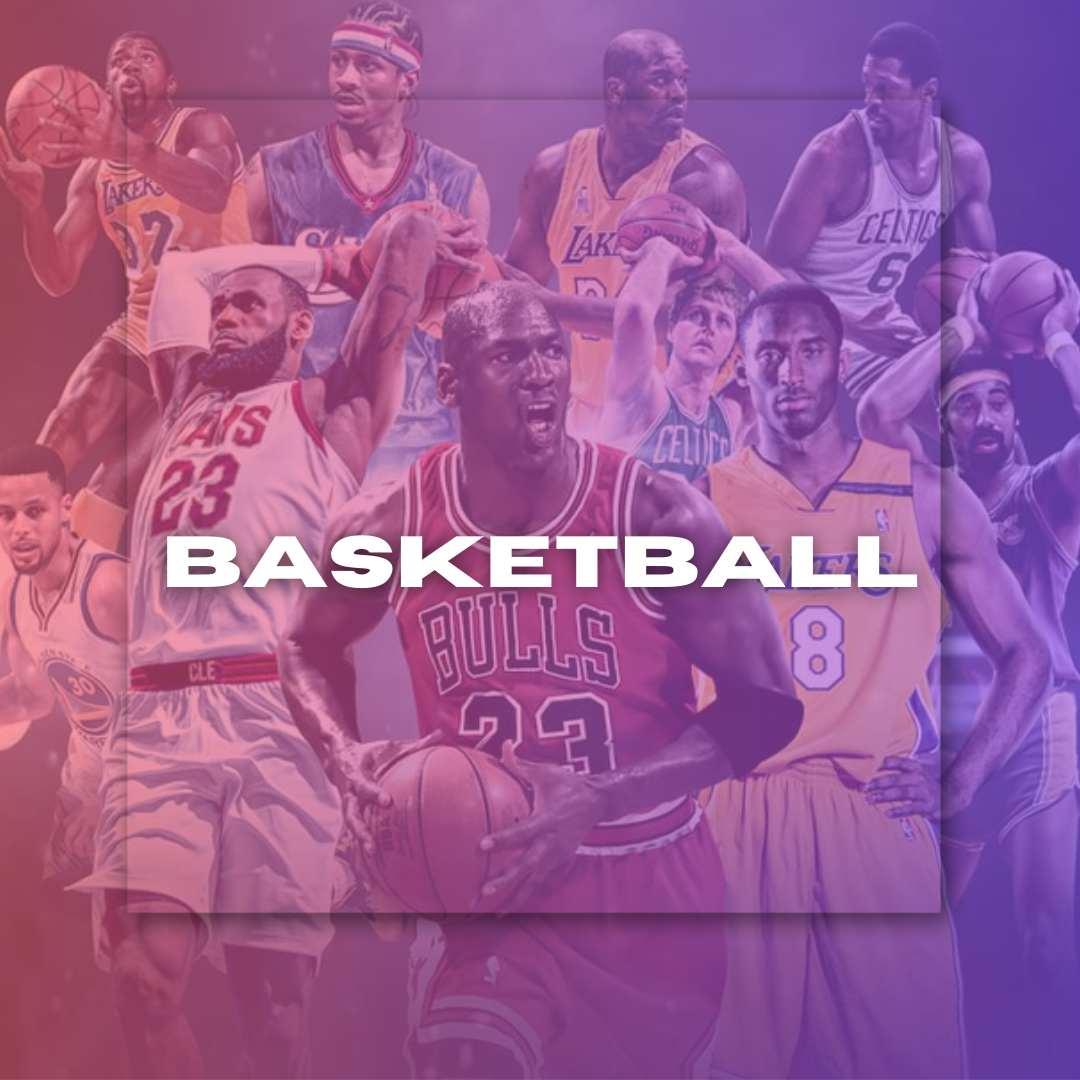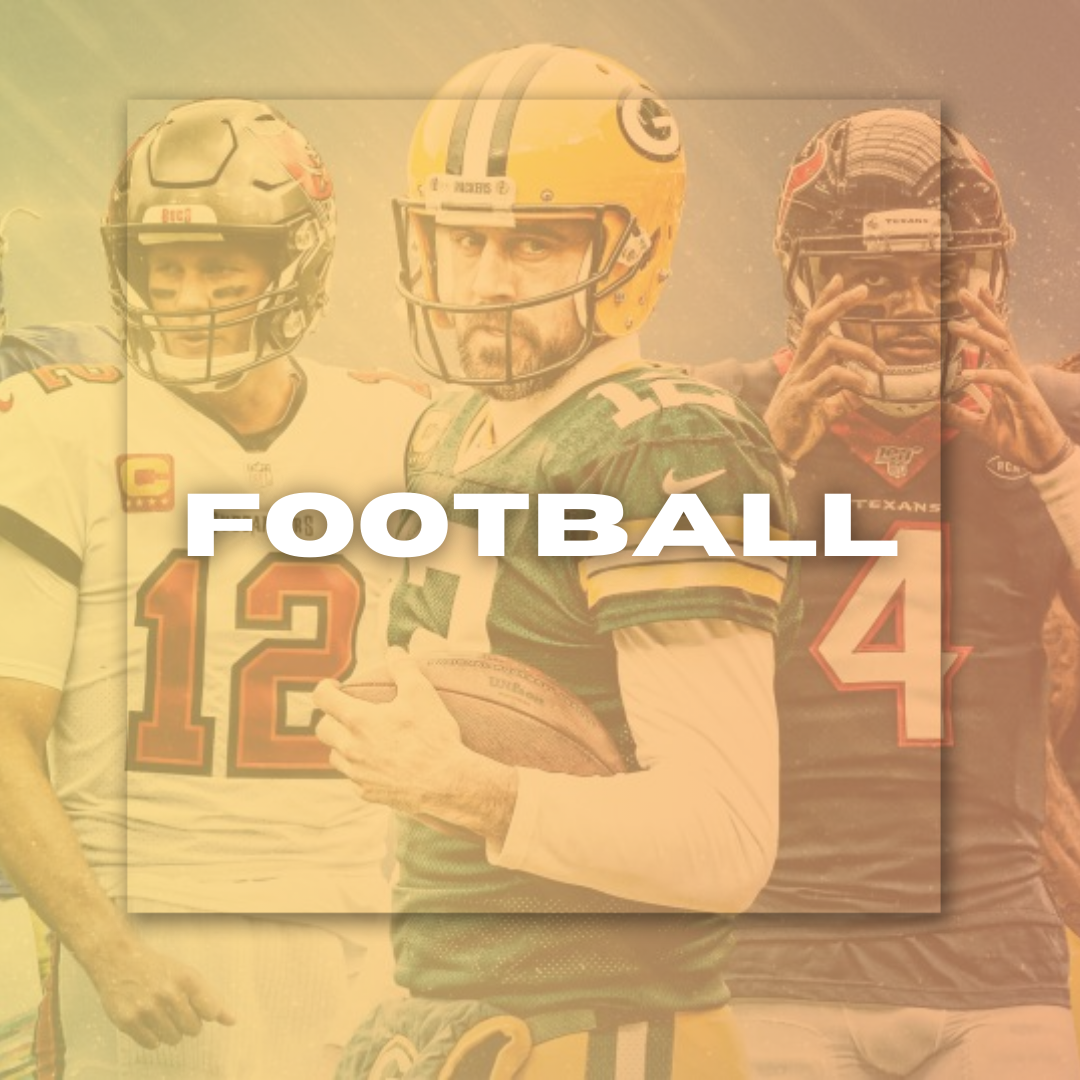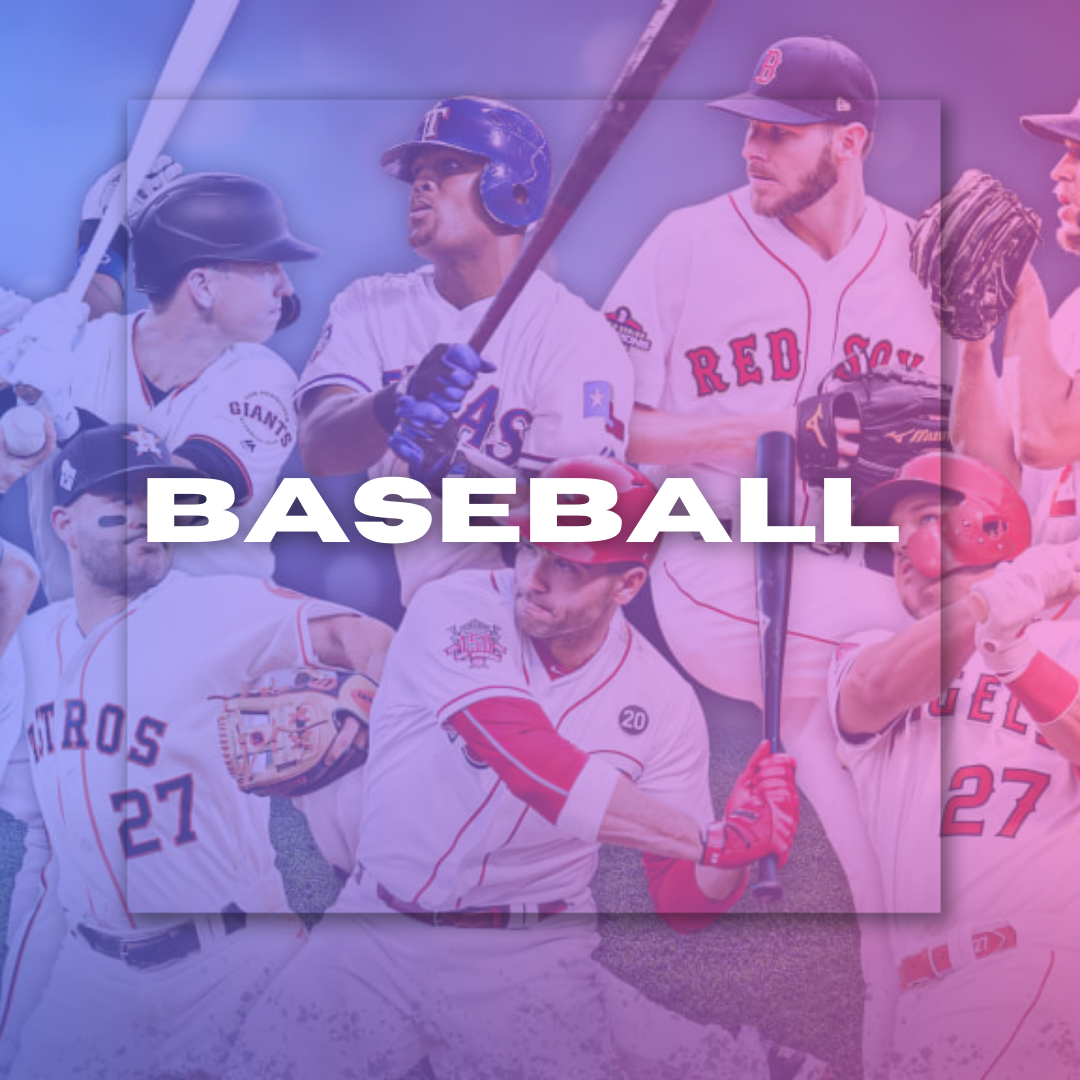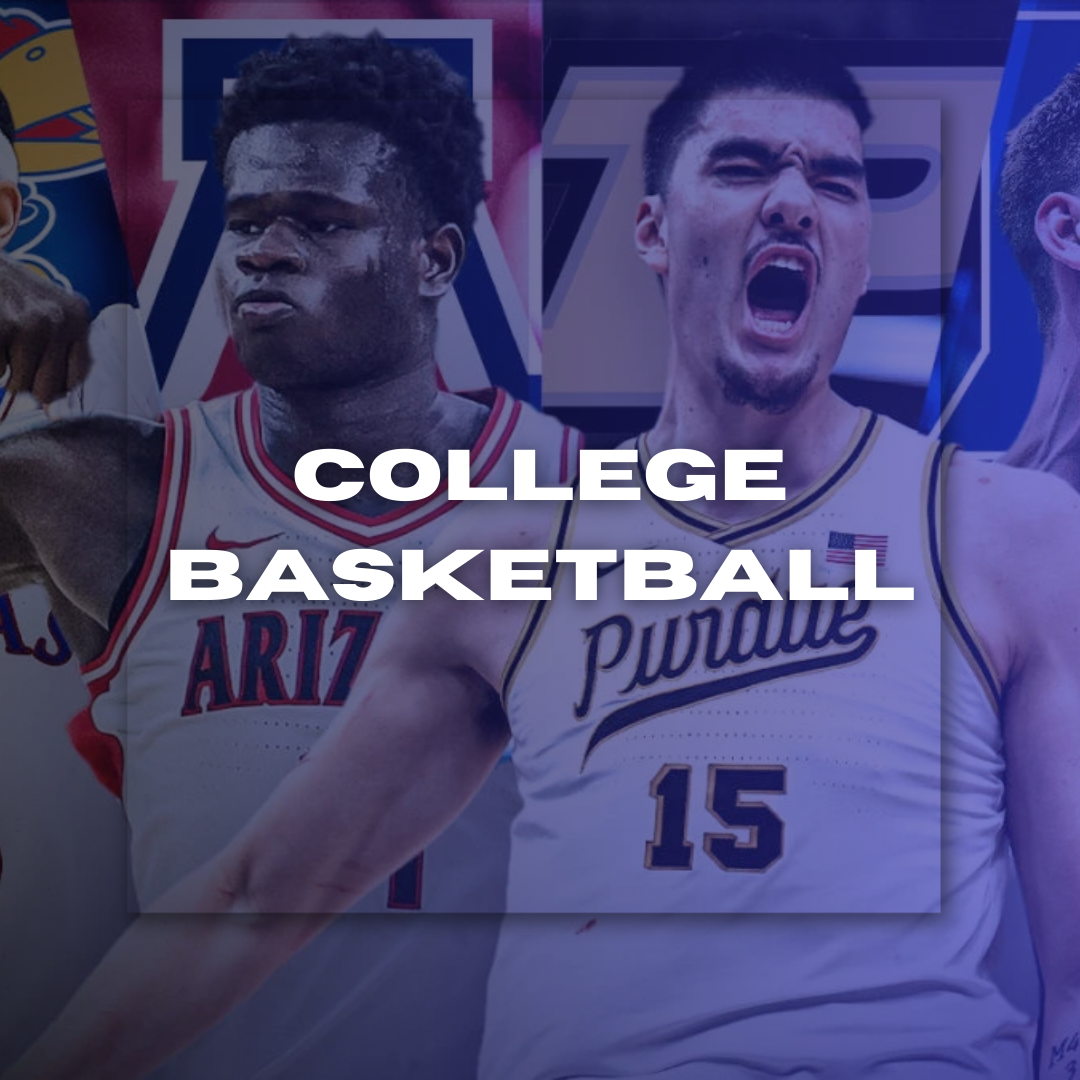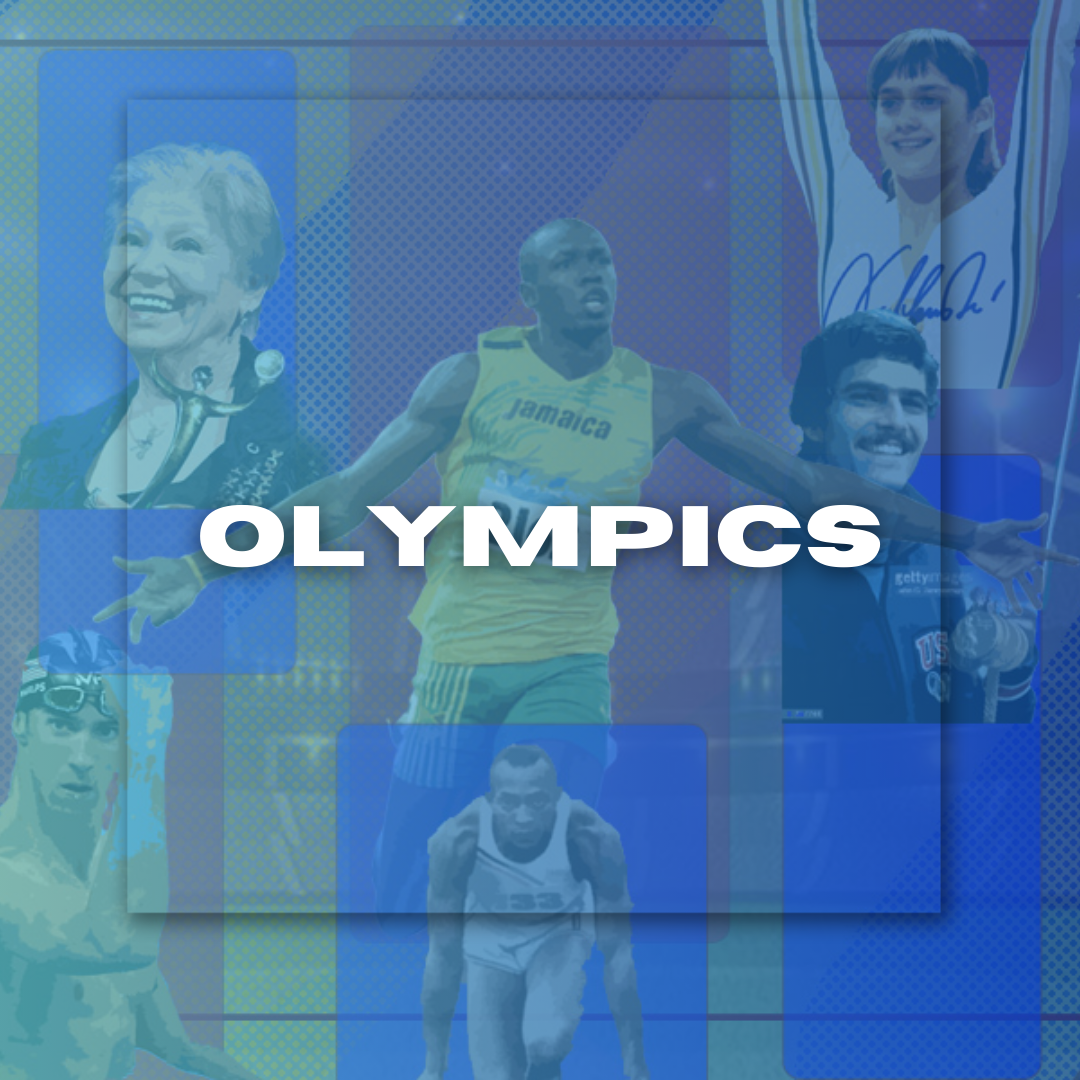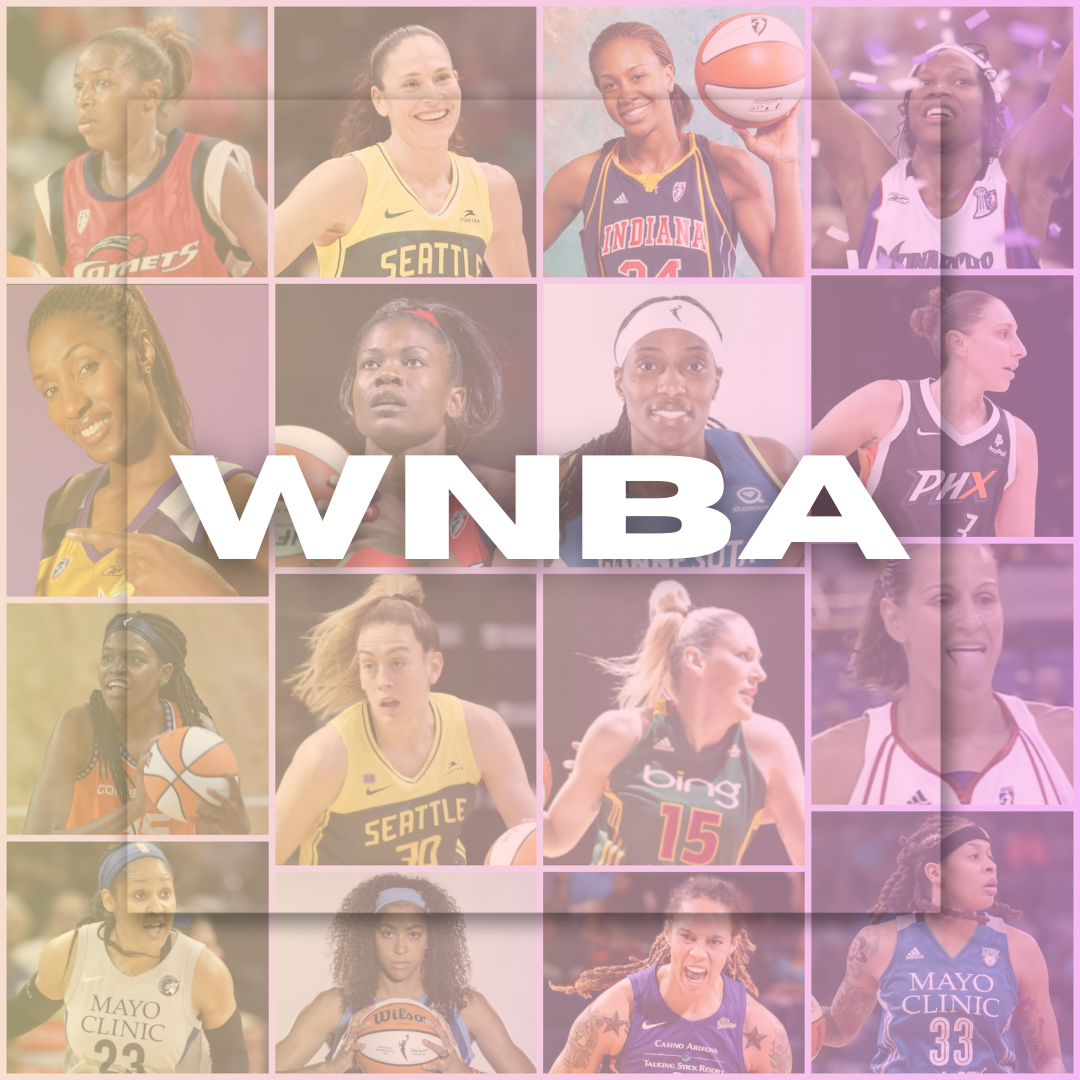
How the NBA Went From Almost Bankrupt to One of the Most Popular Sports Leagues in the World
By Edcel Panganiban February 28, 2025 04:33
The NBA has become a global powerhouse, attracting millions of fans worldwide and achieving unprecedented levels of popularity. The athletes are known across the globe and the best NBA betting sites attract a lot of business. However, the league’s journey to prominence was far from straightforward.
In fact, there was a time when the NBA faced severe financial challenges, and its future seemed uncertain. From the brink of bankruptcy to a multibillion-dollar enterprise, the NBA’s transformation is a remarkable story of perseverance, vision, and innovation.
The Struggles of the Early Years
The NBA’s origins date back to 1946 when the Basketball Association of America (BAA) was founded. The league was struggling to gain a foothold, especially since it was competing against the National Basketball League (NBL). The two leagues eventually merged in 1949, forming the NBA. However, the early years of the NBA were rocky. The league had a limited fanbase, and it lacked the financial stability needed for long-term success.
In the 1960s and 1970s, while the NBA was growing in size, it was still dwarfed by the more popular and established sports like football and baseball. Attendance at games was sporadic, and the league was often plagued by financial troubles. The NBA’s television ratings were low, and its national reach was minimal.
A major problem facing the league was its lack of star power. While there were a few notable players like Bill Russell, Wilt Chamberlain, and Jerry West, the NBA was not yet home to the kind of superstars who could elevate the sport into the mainstream. Despite the talent on the court, basketball struggled to grab the national spotlight.
The Turning Point: Magic and Bird
The 1980s marked a dramatic turning point for the NBA. The arrival of two of the game’s most iconic figures, Magic Johnson and Larry Bird, would help reshape the league’s future. These two players brought not only extraordinary talent to the court but also a fierce rivalry that captivated the nation.
Magic Johnson, point guard for the Los Angeles Lakers, and Larry Bird, forward for the Boston Celtics, became the faces of the NBA in the 1980s. Their rivalry on court mirrored the larger cultural battles of the time, with Magic representing the glitzy, showtime style of Los Angeles and Bird embodying the hardworking, blue-collar ethos of Boston. Their contrasting personalities and styles helped create an exciting brand of basketball that attracted a new generation of fans.
Television networks began to take notice of the NBA’s rising popularity. The 1980s saw a significant increase in the league’s television contracts, bringing the game into more households than ever before. By the end of the decade, the NBA had developed a massive fanbase, and its stars were becoming household names. Magic Johnson, Larry Bird, and later Michael Jordan, who would revolutionize the sport in the 1990s, were at the center of the transformation.
Michael Jordan and Global Expansion
While Magic and Bird paved the way for the NBA’s rise in the US, it was Michael Jordan who helped the league achieve true global recognition. Jordan’s arrival in the NBA in the mid-1980s, paired with his incredible athleticism, charisma, and drive, catapulted basketball into the mainstream.
Jordan’s iconic career with the Chicago Bulls in the 1990s, which included six NBA championships, transformed the sport into a global spectacle. His appeal transcended the basketball court and his endorsement deals, including the famous Air Jordan line with Nike, made him one of the most marketable athletes in history. His presence on television screens worldwide made basketball a global sport, and the NBA followed suit by aggressively pursuing international markets.

The NBA’s international outreach efforts, such as hosting games in various countries and partnering with international television networks, played a significant role in spreading the sport’s popularity. The league was no longer an American phenomenon – it was a global one.
The Emergence of Digital Media
By the turn of the 21st century, the NBA had already established itself as one of the major American sports leagues, but its growth did not stop there. The advent of the internet and digital media revolutionized how sports were consumed, and the NBA was quick to adapt.
With the launch of the NBA’s website in the 1990s and the rise of social media platforms in the 2000s, the league began connecting with fans in new ways. Players could interact directly with fans, giving the league a level of visibility and engagement it had never seen before.
Moreover, streaming services like NBA League Pass enabled fans from all over the world to watch games live, regardless of their location. The NBA embraced digital media and the globalized world, allowing basketball to be more accessible than ever before.
The Rise of the Modern Superstar
In recent years, the NBA has seen the emergence of a new generation of superstars, including LeBron James, Kevin Durant, and Stephen Curry. These players have continued the tradition of excellence and added new layers of excitement to the league. LeBron James, in particular, has become a global icon, transcending basketball and becoming a voice on social issues, which has helped elevate the league’s relevance beyond the sport itself.
The NBA’s Financial Success
From a league on the brink of bankruptcy, the NBA has transformed into one of the wealthiest sports leagues in the world. The NBA revenue has skyrocketed, driven by lucrative television deals, merchandise sales, and international sponsorships. The 2016 broadcasting deal, worth $24 billion, was one of the largest in sports history. The NBA has also seen a boom in global sponsorships and partnerships.
Furthermore, the league’s expansion into China has proved to be a game-changer. With a massive fanbase in Asia, the NBA has successfully capitalized on the growing interest in basketball in that region.
Conclusion
The NBA’s rise to one of the most popular and profitable sports leagues in the world is a testament to its adaptability and the enduring appeal of basketball. From the days of financial struggles to the global domination of today, the NBA has become a symbol of sports excellence. By leveraging its star power, embracing digital media, and expanding internationally, the NBA has solidified its position as a leader in the world of sports.






















































